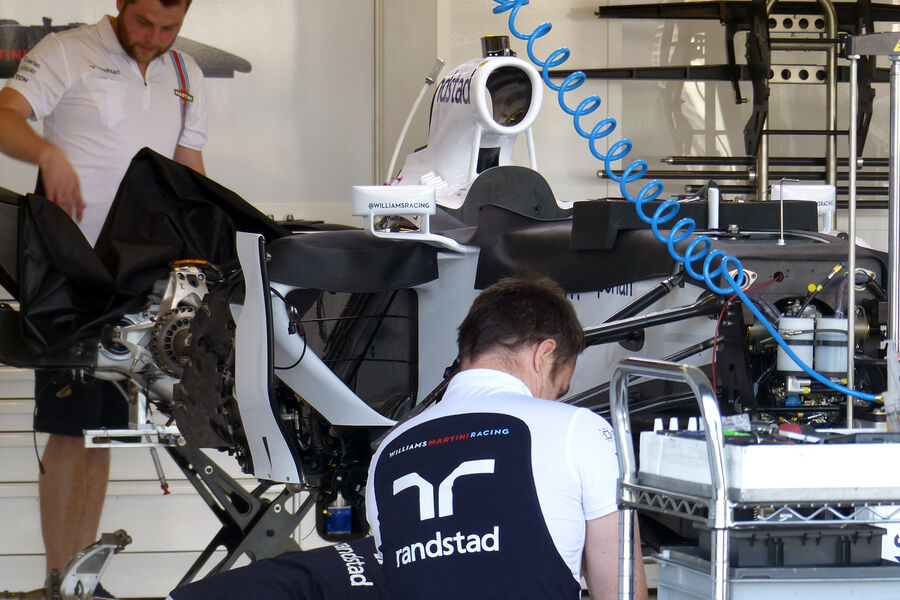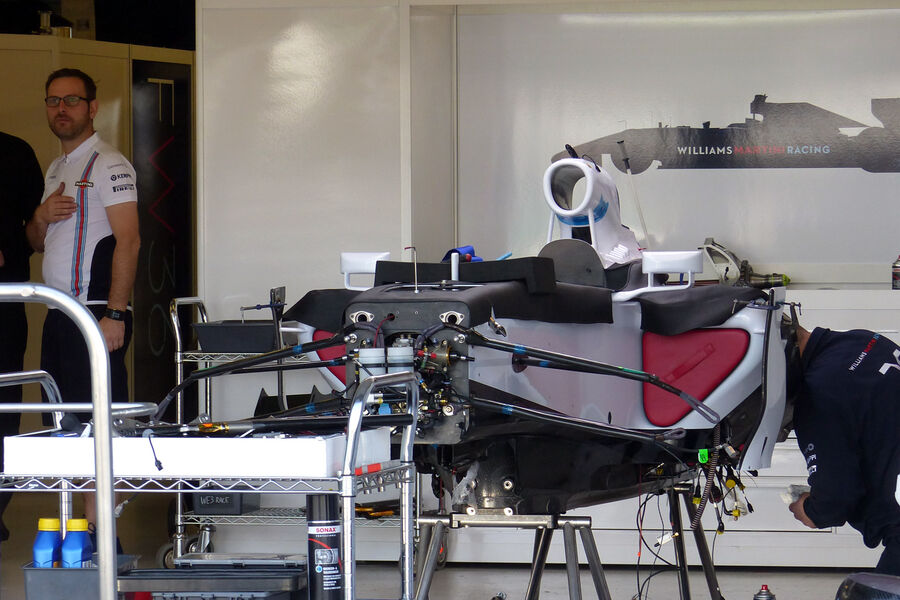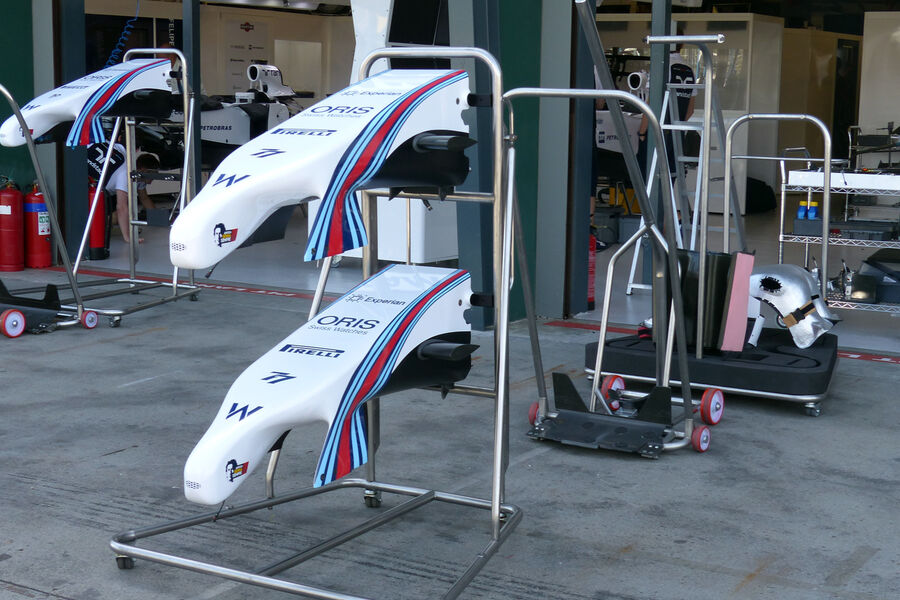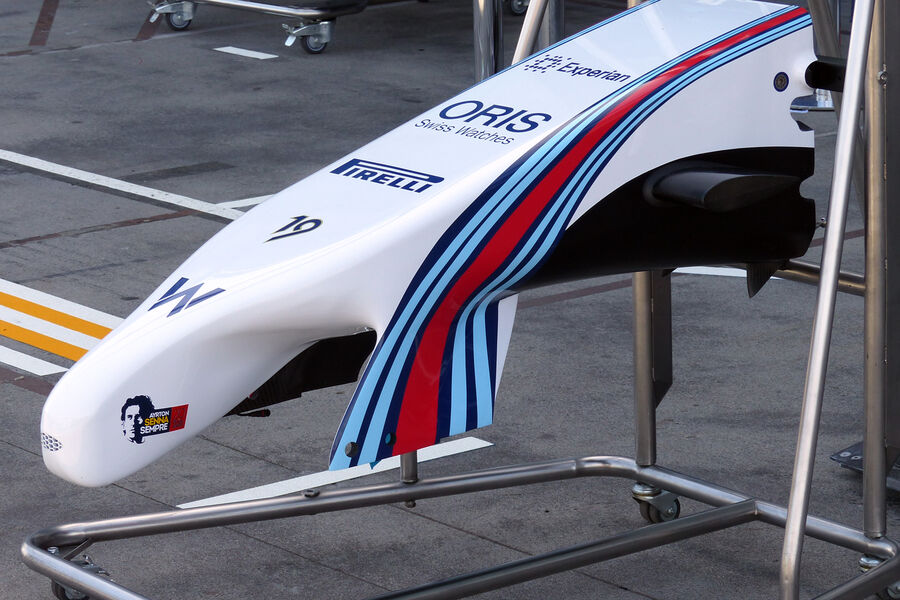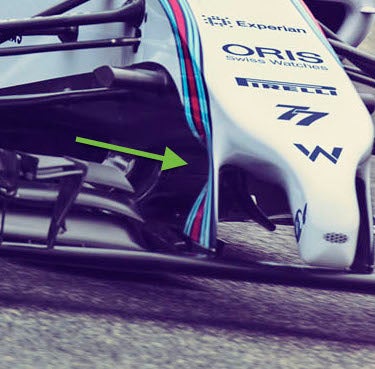
I was sure there was a little more going on at the nose than we could see in the dark paint.





I hadn't noticed it. Or perhaps the degree of twist of the wing support was just not as evident. The contours of the piece on the whole look a lot more sophisticated than they did in the shade. Also interesting to note that the rear cooling bodywork that was singled out on the front page of F1technical.net was not present in the livery release pics, I imagine that has mostly to do with timing? Or can we hypothesize that the new engine cover did not provide results? I guess we'll have to wait for the next on-track session in the new paint to find out. For now it's just interesting that they built such a short engine cover in the first place, cooling paranoia i guess.DAMNINice wrote:To be honest...
This was clearly visible already. Also with the dark blue colour:
I would expect that they have crated the new parts , and may even be shipping them anytime now.humble sabot wrote:Also interesting to note that the rear cooling bodywork that was singled out on the front page of F1technical.net was not present in the livery release pics
It's a cooling arrangement that has a very minimal drag penalty as latent heat can pass forwards through the slot from the radiators and then back over the sidepod. As mentioned earlier, McLaren had something similar in 2010 and Toro Rosso took it even further last year (possibly 2012).Blizz wrote:Any ideas? Cooling maby?
http://i470.photobucket.com/albums/rr68 ... b61dbf.jpg
The radiators are placed further back than the slot so that some air going in the radiator intakes would exit through the slot before it even has a chance to get to the radiator. I can pretty much guarantee you that this takes ram air from the radiator and uses the slot in the same way that a slot gap is used in an aircraft wing. This helps to keep airflow attached over the top of the sidepod and helps to stop turbulent air from being formed.theWPTformula wrote:It's a cooling arrangement that has a very minimal drag penalty as latent heat can pass forwards through the slot from the radiators and then back over the sidepod. As mentioned earlier, McLaren had something similar in 2010 and Toro Rosso took it even further last year (possibly 2012).Blizz wrote:Any ideas? Cooling maby?
http://i470.photobucket.com/albums/rr68 ... b61dbf.jpg
I'm unsure if it has a benefit in keeping airflow attached as the air passing out of the slot is quite low energy.
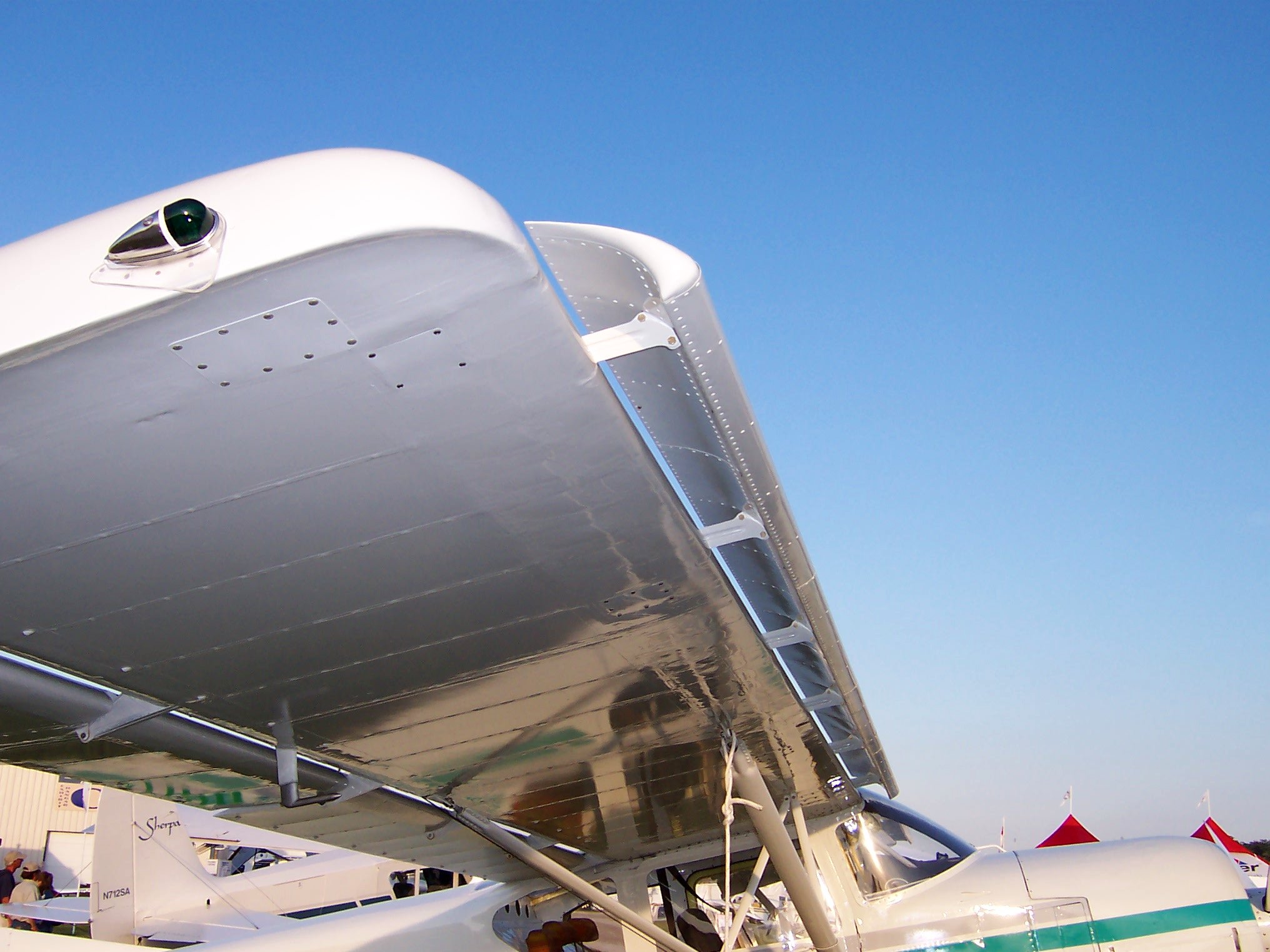
Well the thing about slot gaps is that they are tricky to design, two designs that look similar can behave quite differently. One of the reasons that they are tricky to design is that they are most efficient over a fairly small speed range, smaller than vortex generators anyway. Another problem is that they behave quite differently at angle of attack changes however in F1 the AoA changes very little so shouldn't be to much of a problem.theWPTformula wrote:Brilliant, cheers for the insight. So it's also quite efficient as it takes normally built up air through the slots?
